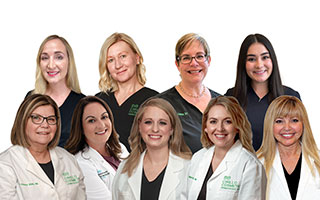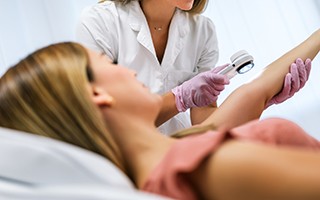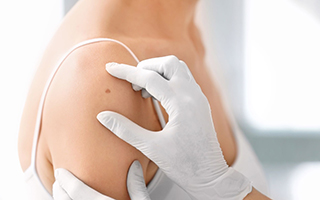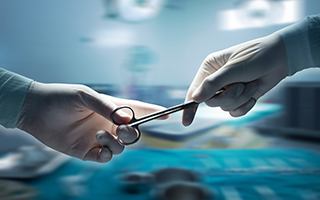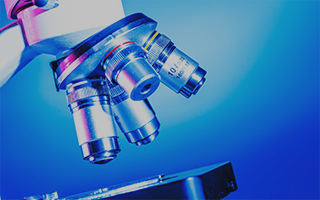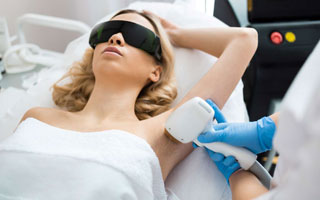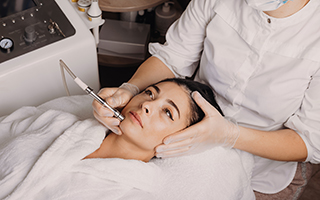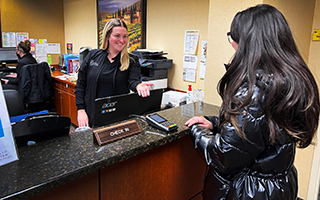With the data released by both the International Society of Aesthetic Plastic Surgery(ISAPS) and the American Society of Plastic Surgeons (ASPS), it is clear that there is still universal demand for breast augmentation. Pennsylvania-area plastic surgeon Laura Gowen, MD explains why the procedure continues to be popular, and how far surgical techniques have come.
Breast augmentation or enhancement (also known as augmentation mammoplasty has been the most frequently performed cosmetic surgical procedure for at least a decade now, both in America and across the globe. Each year, hundreds of thousands of women choose to receive this procedure to:
- Increase projection and size of naturally small breasts
- Balance out unevenly sized breasts by increasing the size of the smaller one
- Restore breast volume and shape that may have been lost due to pregnancy, breastfeeding, aging, and/or weight loss
- Complement gender confirmation surgery
A noticeable lift of sagging breasts, however, may not be achieved with a breast augmentation. Another procedure known as a breast lift or mastopexy would be more appropriate, where excess skin is removed and breast tissue is reshaped to improve lift and projection. Dr. Gowen notes that many patients choose to receive both a breast augmentation and a lift to enhance both volume and support. These procedures may be performed simultaneously or as separate procedures.
Patients interested in a breast augmentation also have a wide range of choice and customization when it comes to selecting implants. The outer shell can be smooth or textured, and can be filled with saline or a form of silicone gel. In the United States, 84 percent of all breast augmentations were performed with silicone implants.
Dr. Gowen will discuss the differences between and indications for both silicone and saline implants at your consultation.
Fat transfer breast augmentation is an increasingly popular option for patients looking for a modest increase in size, or would like to further customize shape. Liposuction is performed on a fatty part of the body (such as the abdomen or thighs) to extract fat, which is then processed and injected into the breasts.
During a breast augmentation, fat transfer can be used in conjunction with implants or on its own. It can be used to enhance specific aspects of breast shape such as the cleavage or sides, or to boost overall volume. An additional advantage from this form of breast augmentation includes body contouring from liposuction.
However, fat transfer is limited in the extent of breast augmentation that can be achieved (about a cup and a half at most, if you have enough fat that can be harvested), and the absorption or death of injected fat cells makes the final results less predictable. This in turn may necessitate repeat procedures.
If an implant is used for breast augmentation, insertion is performed through an incision made in one of the following areas:
- At the breast crease
- Around the areola
- Through the underarm
Where the incision is placed will depend on several factors, such as the implant type used, the method of insertion, and the location of the surgical pocket. Implants can be placed either above the pectoral muscle (directly underneath breast tissue) or under it.
A less-discussed but sizeable advancement in breast augmentation is the use of the Keller Funnel during implant insertion. A Keller Funnel resembles a pastry bag – this shape allows a surgeon to easily propel a silicone implant into the surgical pocket through a relatively smaller incision. This “no-touch” approach to breast augmentation greatly reduces post-surgical scarring and risk of infection.
No matter what specific results patients seek, a skilled plastic surgeon can perform a custom breast augmentation procedure that can achieve balanced, natural-looking results while maximizing safety and comfort.
Dr. Gowen, a board-certified plastic surgeon at the Cirillo Center for PlasticSurgery, would be happy to answer any questions and advise you on a course of action tailored to your specific concerns. To request a consultation with her in Bryn Mawr or Newtown Square, contact the practice online or by phone at 610.525.0500.


-updt.png)
